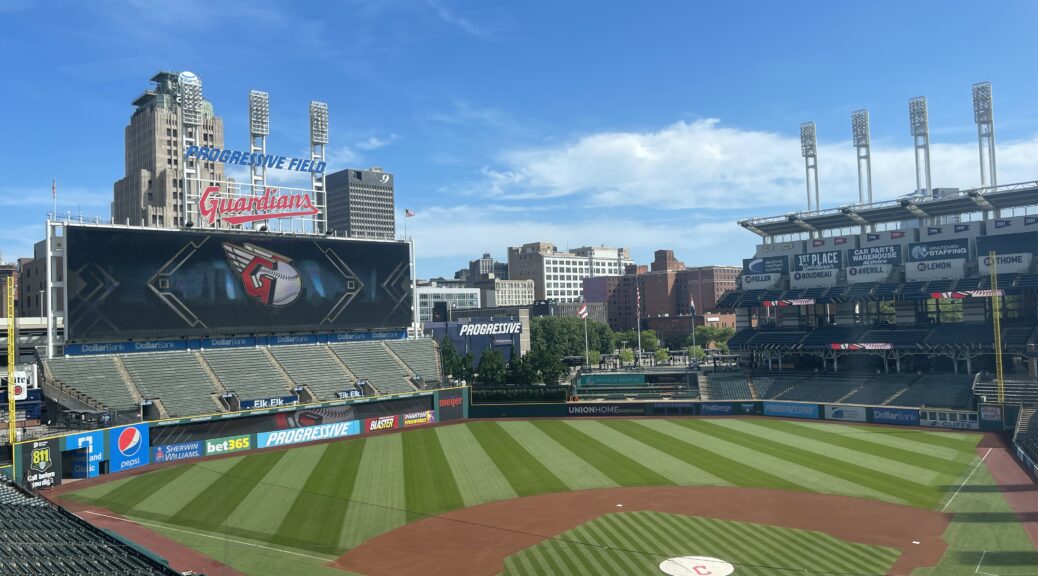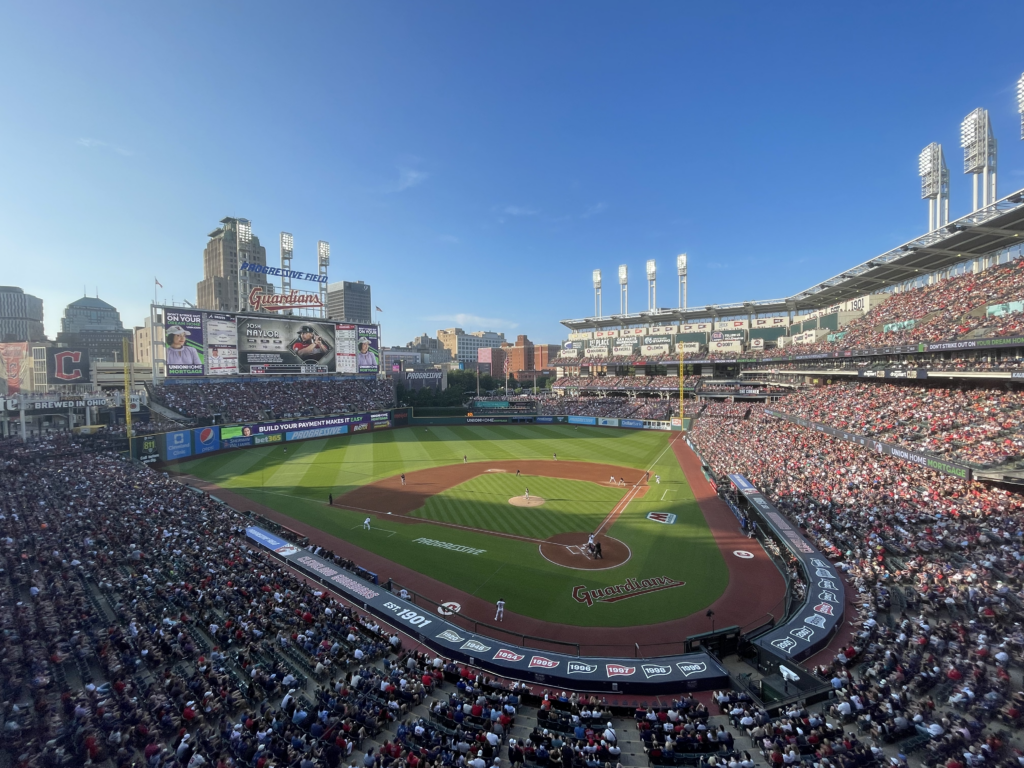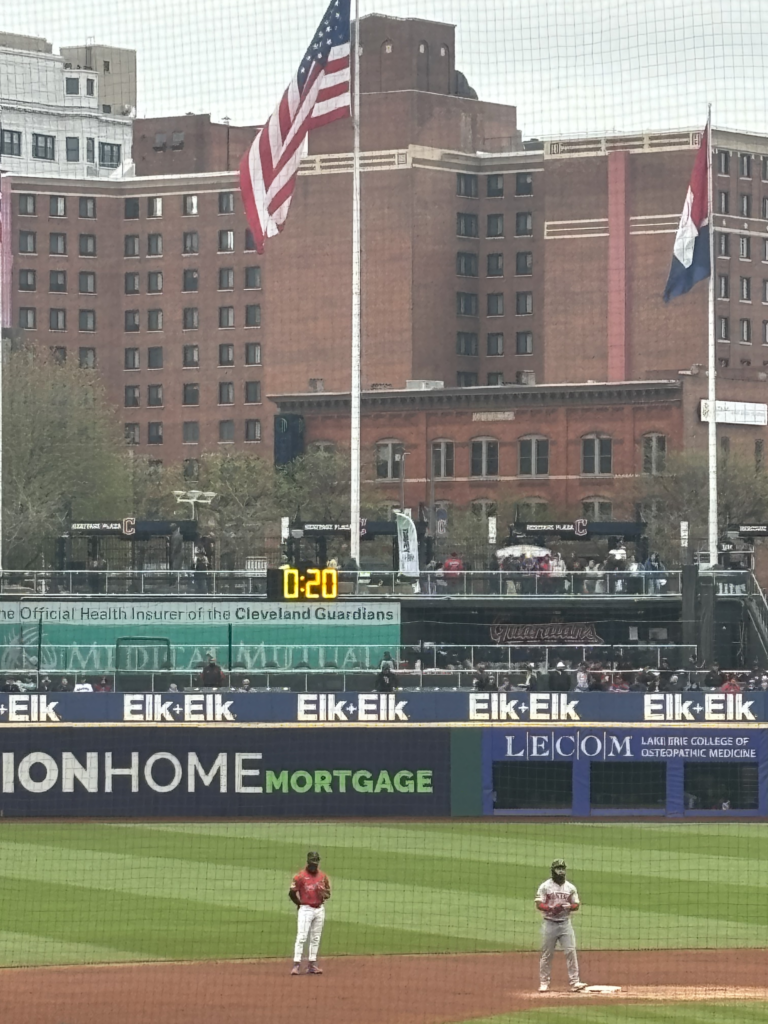
How The New Pitch Clock in Baseball Is Bringing The Sport Back To Life
The sport of baseball, long known as America’s pastime, had an issue. Games were dragging on for hours, attendance was down, and fans were losing interest. Now, thanks to a new addition to the game, the sport is thriving and attendance is up across the country.
In 2018, the Major League Baseball Players Association pushed for a pitch clock to be added to all regular season games, but MLB officials pushed back on the idea. Instead, the league added the pitch clock to spring training games, as well as select levels of minor league baseball as a test run.
Multiple baseball leagues around the world, including all levels of college baseball, have used a pitch clock for years; however, the MLB was the last league to implement the clock.
Ultimately a new bargaining agreement at the end of the 2022 season included the implementation of the pitch clock at the beginning of the 2023 regular season.
24 out of 30 major league baseball teams saw their attendance numbers increase during the 2023 season, according to ESPN.
“To improve pace-of-play and make games more efficient, the league instituted a 15-second pitch clock ahead of the 2023 season,” The Athletic’s Guardians beat writer Zack Meisel said. “It was 20 seconds for when a runner is on base in 2023, but now this year it is 18 seconds.”
If the pitcher does not start his windup to throw the pitch to the batter before the clock hits zero, the batter automatically gets a ball. For example, if the count is two balls and two strikes and the pitcher is assessed a pitch clock violation, the count would be three balls and two strikes.
However, the pitcher is not the only one dealing with extra pressure. If the batter is not in the batter’s box with at least eight seconds left, the hitter is automatically given a strike. For example, if the count is three balls and two strikes and the hitter is not ready to go in the box with at least eight seconds left, the hitter would be given his third strike, resulting in an out.
The new system has only been in place for one season, but the feedback has been positive, especially when it comes to bringing fans back to the stadium after a worldwide pandemic.
According to MLB.com, the average game time of a 2023 game was two hours and 40 minutes, which was the fastest average game time the league has seen in 40 years. The league also saw the largest growth in attendance across any non-COVID year since 1998, which was the year the league expanded to 30 teams. For comparison, the average game time a year before the pitch clock was put into place was three hours and 11 minutes. The clock has shaved nearly 40 minutes off of the games.
“Being able to play nine innings in two and a half to three hours has shown to be an effective change, not just to the Guardians, but Major League Baseball,” 92.3 the fan’s Daryl Ruiter said.
Over 70 million people attended a game in the 2023 season, which is nearly a 10 percent increase from the previous year. A total of 17 teams counted at least 2.5 million fans attending games, tying a league record.
The Cleveland Guardians also saw a huge leap in attendance over the past two seasons.
“That’s not solely because of the pitch clock, but I think it made the game more palatable to the casual fan.”
The Athletic’s Zack Meisel
“The Guardians had a 41.5 percent increase in attendance year over year,” Meisel said. “That’s not solely because of the pitch clock, but I think it made the game more palatable to the casual fan.”
At least one fan during an April game at Progressive Field confirmed that the clock is bringing excitement back to the sport.
“I love the clock, it has made the game way more exciting to watch.”
Guardians fan Anthony Santora
“I love the clock, it has made the game way more exciting to watch,” 25-year-old baseball fan Anthony Santora said at Progressive Field. “For a while there the game was really boring, but I have to admit, I am really back engaged with the sport lately.”
While the clock may not be the sole reason for increased attendance, it definitely is a contributing factor.
“The clock has made the game more enjoyable to watch. You no longer have those three-hour, 50-minute slogs with limited action,” Meisel said. “Teams have gotten more creative with their marketing or ticket sale approaches. The monthly fast pass technique has become more popular throughout the league, and those can inflate attendance figures.”
Other contributing factors could include the end of the pandemic and an increase in marketing promotions by the league. As Meisel suggested, the Guardians, and a handful of other teams in the league, have introduced a monthly season pass. For just 50 dollars a month, fans can attend all games played at home that month.
Players around the league also seem to be adjusting well to the new rule.
“Because the Guardians are a team built around a core of young players, the organization has had little to no trouble adjusting to the rule changes.”
Daryl Ruiter
“Because the Guardians are a team built around a core of young players, the organization has had little to no trouble adjusting to the rule changes,” Ruiter said. “There have been significantly fewer violations from pitchers than some in the game anticipated, especially during the 2023 season.”
The Cleveland Guardians, rostered with young players like Logan Allen, Tanner Bebee, and Bo Naylor, have the second-youngest roster in the league, according to Statista. The average age on Cleveland’s roster is 26.8 years old. Only the Pittsburgh Pirates have a younger team.
Despite the positive response from fans, one noticeable downside to the pitch clock has started to emerge. Pitchers are suffering injuries at a rate the league has never seen before.
”Pitchers are throwing harder than ever, with maximum effort on every pitch, and now they have less time to recover or catch their breath between pitches,” Meisel said. “Some have suggested that has put elbows and shoulders at risk.”
Cleveland’s ace pitcher Shane Bieber is a prime example. After throwing nearly two perfect games to start the 2024 season, Bieber felt discomfort in his throwing arm. An MRI conducted the next day ultimately determined that Bieber needed season-ending ulnar collateral ligament reconstruction, also known as Tommy John surgery. Spencer Strider of the Atlanta Braves and Eury Perez of the Miami Marlins also suffered season-ending throwing injuries.
It is not just attendance that saw an increase after the 2023 season. The MLB also is also thriving in other categories as well. Data showed that both runs scored and stolen bases were up from the year before.
However, baseball still has a long way to go when it comes to catching up to other major sports leagues in America, like the NBA and NFL, when it comes to ratings.
The MLB is only averaging 378,000 viewers per game, while leagues like the NHL, NBA, and NFL all average more unique viewers per game, according to the Nelson National TV Panel. For comparison, the 2022 World Series averaged only 11 million viewers a game, while multiple NFL regular season games approached numbers of 20 million viewers a game.
Both the NFL and NBA already have multiple female officials, however, the MLB still does not.
“A female umpire at the major league level,” said Leslie Heaphy, the Vice President of Society for American Baseball Research. “Shrinking the strike zone to help with arm injuries would also help.”
Baseball is on the right track to getting back to where other major sporting leagues are, but work still needs to be done.
Brad Stainbrook is a reporter. You can contact him via email bstainbr@kent.edu.



